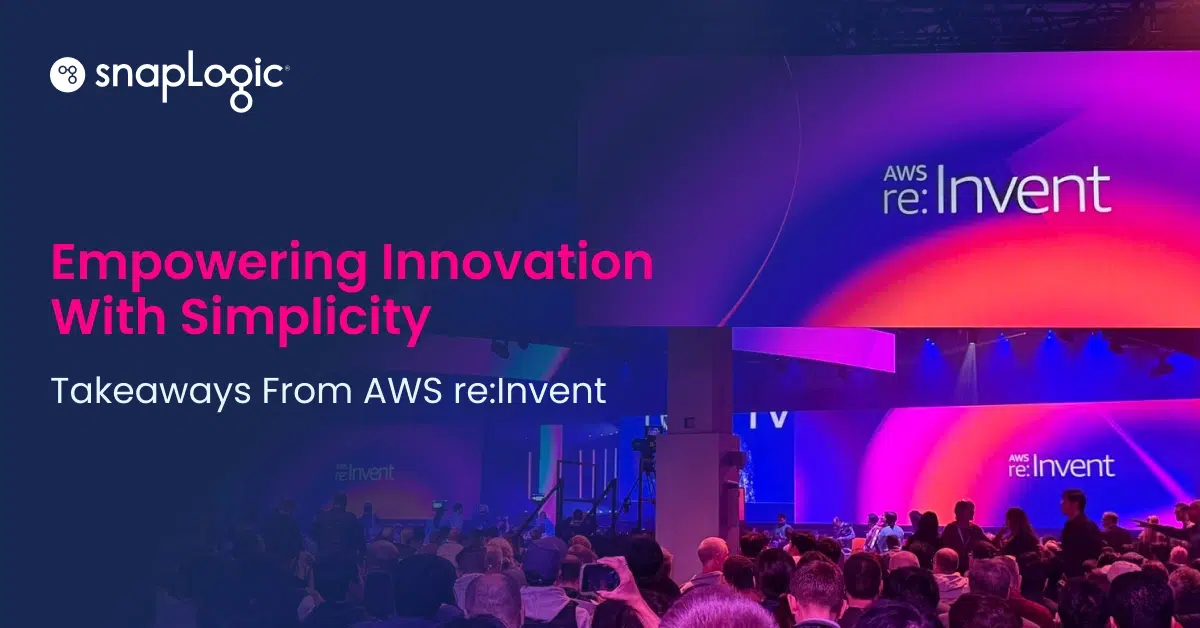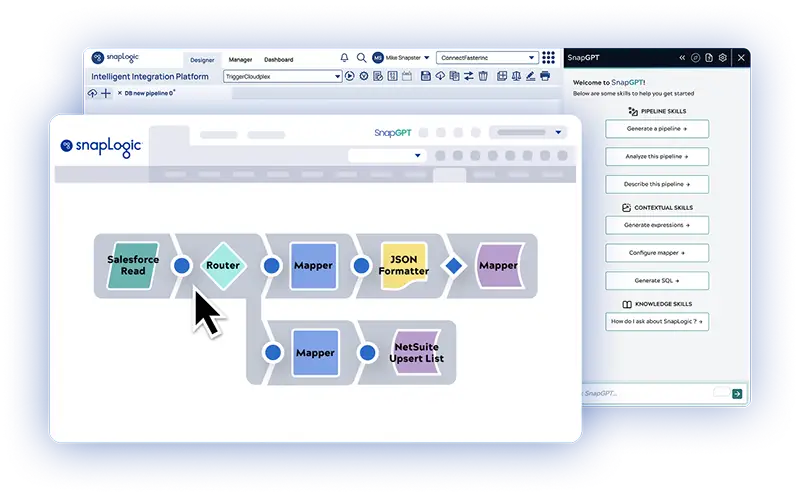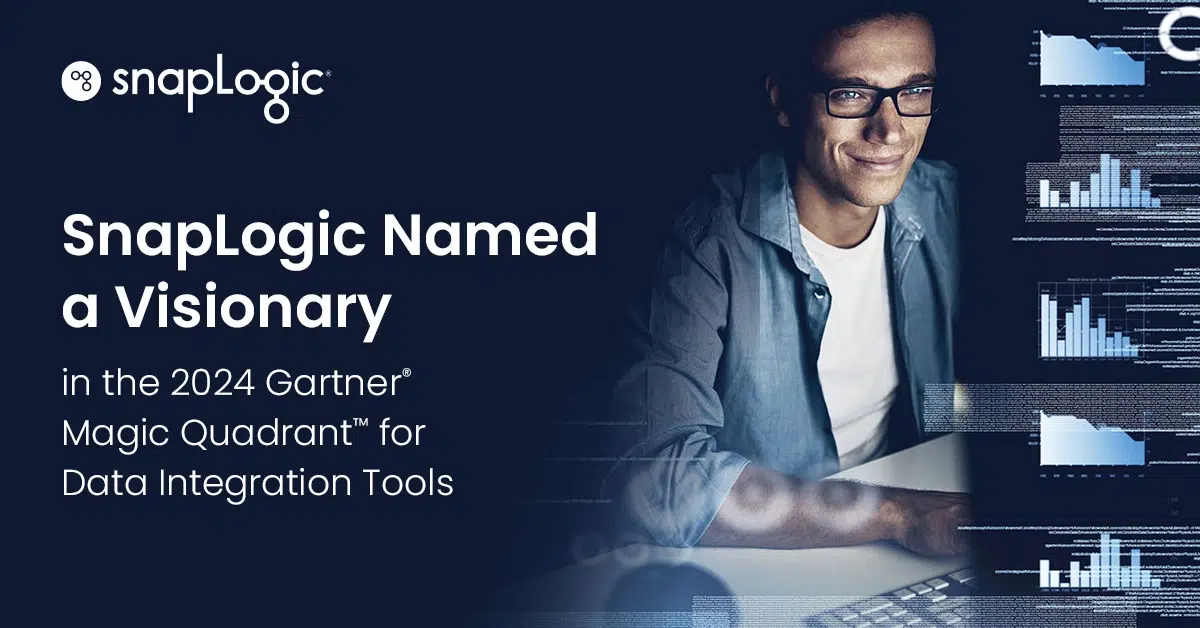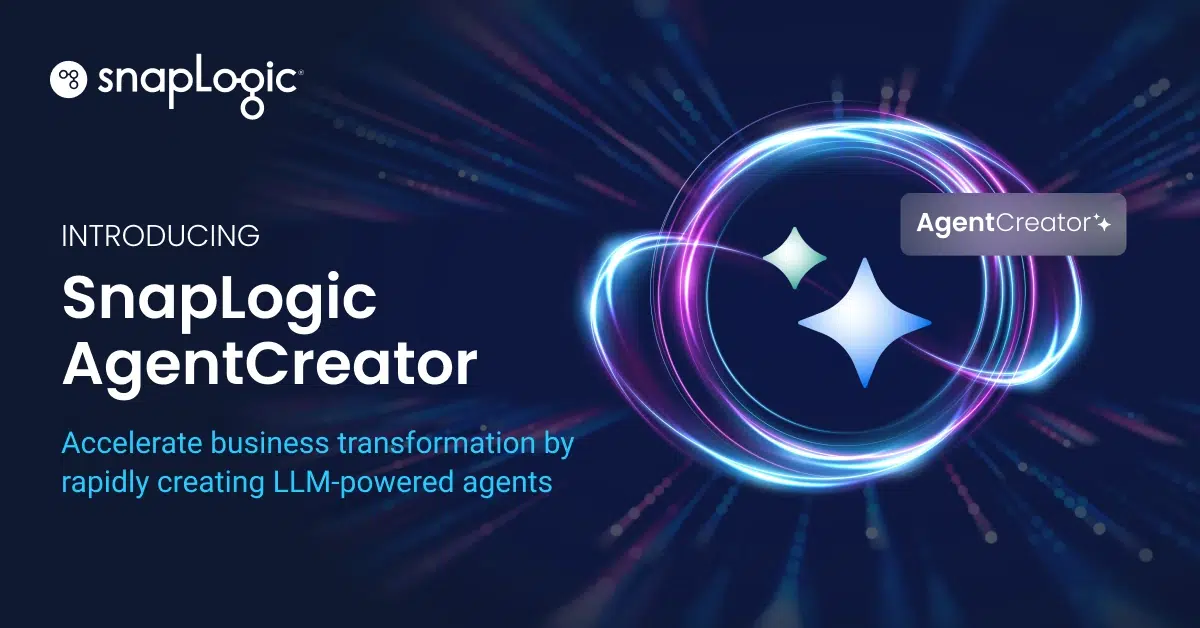That’s another re:Invent in the books. Some things are a constant, year after year: a cavalcade of product announcements, starting in the weeks before the event with everything that did not fit into the keynotes themselves. A frantic week of catching up with industry peers, current and prospective customers, partners, analysts, journalists, and everyone else. An epic closing party where I think the re:Invent crowd surprised Weezer with their enthusiastic response.
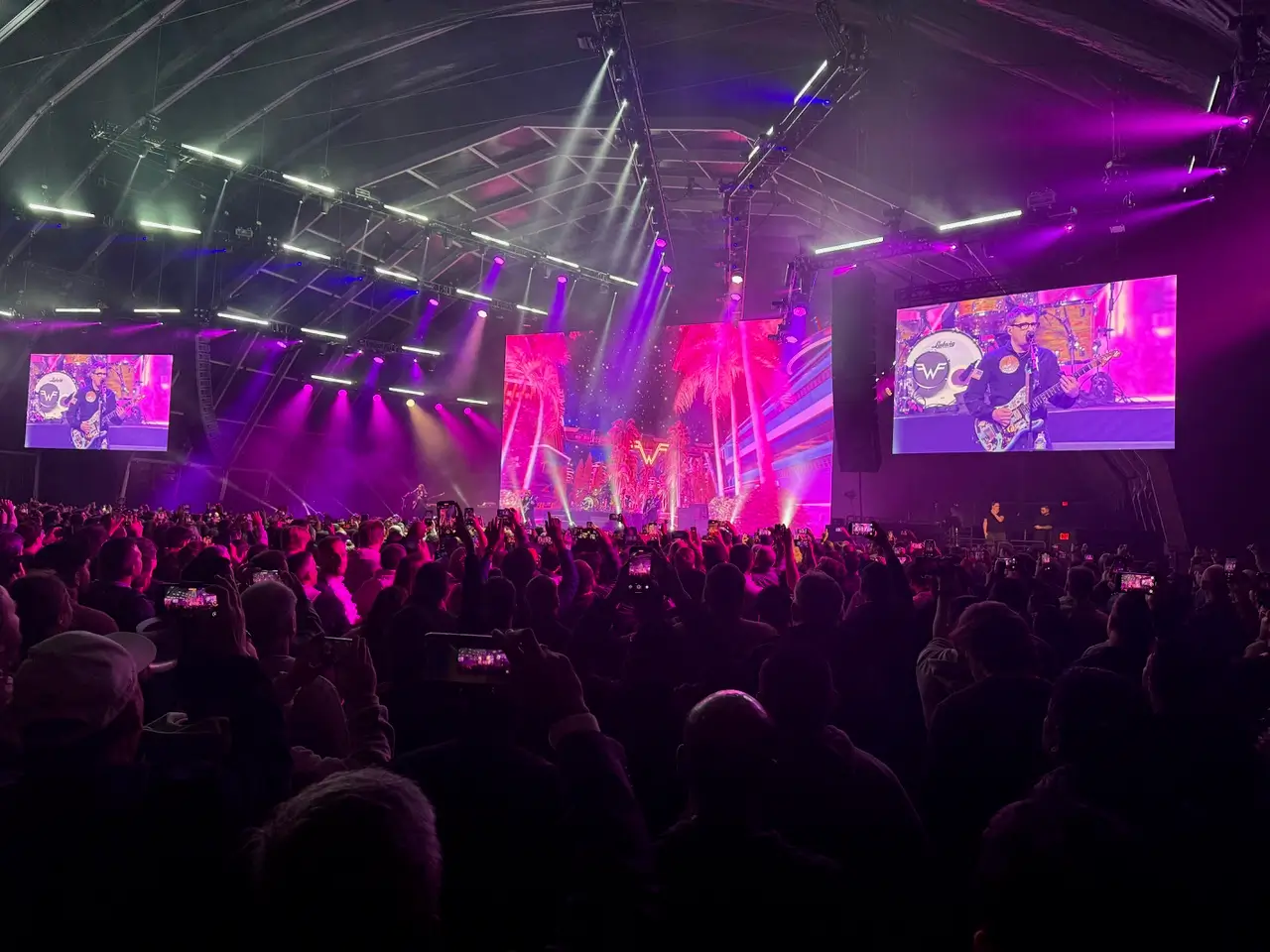
Some things are new, of course, or there wouldn’t be much to announce. I live-blogged the three big keynotes, but now I want to try to pull together some of the common threads of the week.
The big three
Here are the live-blogging links to the three big keynotes of the week, blow-by-blow, but I have tried to distill some of the common themes below.
The overarching theme was manifest right from the beginning of Matt Garman’s keynote. He kicked off with an intro video that introduced the theme of “We invent so you can”, which was the through line of all three keynotes, leading into Swami Sivasubramanian’s notion of layering new features on existing foundations, and of course Werner Vogel’s “simplexity”.
The re-focusing on individual components is a return to form for AWS, right down to the intro video with its slogan, “We invent so you can”. AWS after all was founded on the notion of atomic components that customers could assemble themselves, with stable public interfaces which people could build against and rely on. But this focus on individual components goes beyond the basic functionality of those building blocks, extending to compliance with security policies and regulations. The rapid maturation of the early, purely technical services was what enabled the rapid adoption of AWS, and this approach continues today, in the shape of a new emphasis on sustainability.
At SnapLogic we are of course huge fans of this approach, building as we do on top of the powerful primitives that AWS provides, and abstracting away all the complexity so that our users can focus on building what will actually differentiate them in the eyes of their own users and customers. Matt Garman also recognised the key role that AWS partners like SnapLogic play in AWS’ own success in an interview with CRN.
The main example used throughout all three keynotes was Amazon S3 — the original Simple Storage Service. There are now S3 customers that are at exabyte scale, and thousands at petabyte scale — not bad for something that in its early days was seen as a bit of a toy service, unlike the serious on-premises iron. The reason for that progression is the realisation that just because a service is Simple, does not mean that it cannot add more capabilities. S3 Tables are now generally available, and S3 Metadata is in preview, to mention just two announcements that we are excited to work on together with our customers.
AI and AWS
As might have been expected, there was indeed talk of AI at re:Invent, although it was fairly low-key, with the first mention of AI coming over an hour into Matt Garman’s keynote. This is arguably a sign of the field maturing: it is no longer generating breathless hype just in itself, but rather becoming part of a broader offering, where the parameters for when AI is useful are becoming better understood.
Andy Jassy made a surprise appearance to talk about how Amazon — that is, Amazon-proper, the mothership — took advantage of AI capabilities in AWS, but it was up to Dr. Swami Sivasubramanian in his Wednesday keynote to deliver more detail on what those actually are, and how they can be applied in practice. While some of what he talked about is not that widely applicable, at least judging by the muted applause in response to new SageMaker features like intelligent scheduling, other insights very much are. In particular, when it comes to GenAI applications, the model is not enough on its own; it needs to be embedded in a particular context, including reliable and continuous access to data that is always up to date, but also an understanding of the actual business purpose that all of the fancy AI technology is ultimately in service of achieving.
We at SnapLogic are very much in favour of both of these aspects. On the one hand, when Amazon adds capabilities to Bedrock, such as the new Nova models (already available in SnapLogic), we are able to get them immediately into the hands of our customers. On the other hand, connecting all of these building blocks together can be complex, with a lot of detail around the individual capabilities, let alone how they combine together, that can be daunting at first sight. This is where Werner Vogels’ notion of “simplexity” comes in: simple interfaces that hide a lot of complexity.
Services designed for customers
The idea behind that abstraction, and AWS’ focus on individual building blocks, is that services should be designed for customers, based on requirements and not on technology choices. Technological complexity should accordingly be hidden away as much as possible unless it has an impact on what that technology is actually for.
We discussed this very topic on a recent episode of the Enterprise Alchemists podcast: what is the right way to think about complex topics of software architecture, especially when it comes to a graphical no-code development environment like SnapLogic’s?
All of those best practices are scar tissue from previous experiences, and we should be sure to learn from them, so that we can make new, exciting mistakes — and learn from those — instead of making the same old mistakes over and over.
We look forward to building on those primitives, and exposing the right amount of complexity to our users. For example, the new Nova models are already available in SnapLogic, through our existing integration with Amazon Bedrock. Our users can then take those and build on them, giving their own users and customers new features and capabilities that deliver concrete business value.
That is the ultimate goal, after all — and it was very rewarding to be able to talk to so many existing SnapLogic users at our booth, as well as new friends who were encountering some of the ideas behind SnapLogic for the very first time. Even if you are an expert SnapLogic user, it is well worth checking out some of the newer capabilities that we announced at Integreat 2024, because I was able to show several long-standing users some new tricks that they were excited to take back home to their teams. And of course, if you have any questions or ideas that you want to discuss, you always know where to find us.




